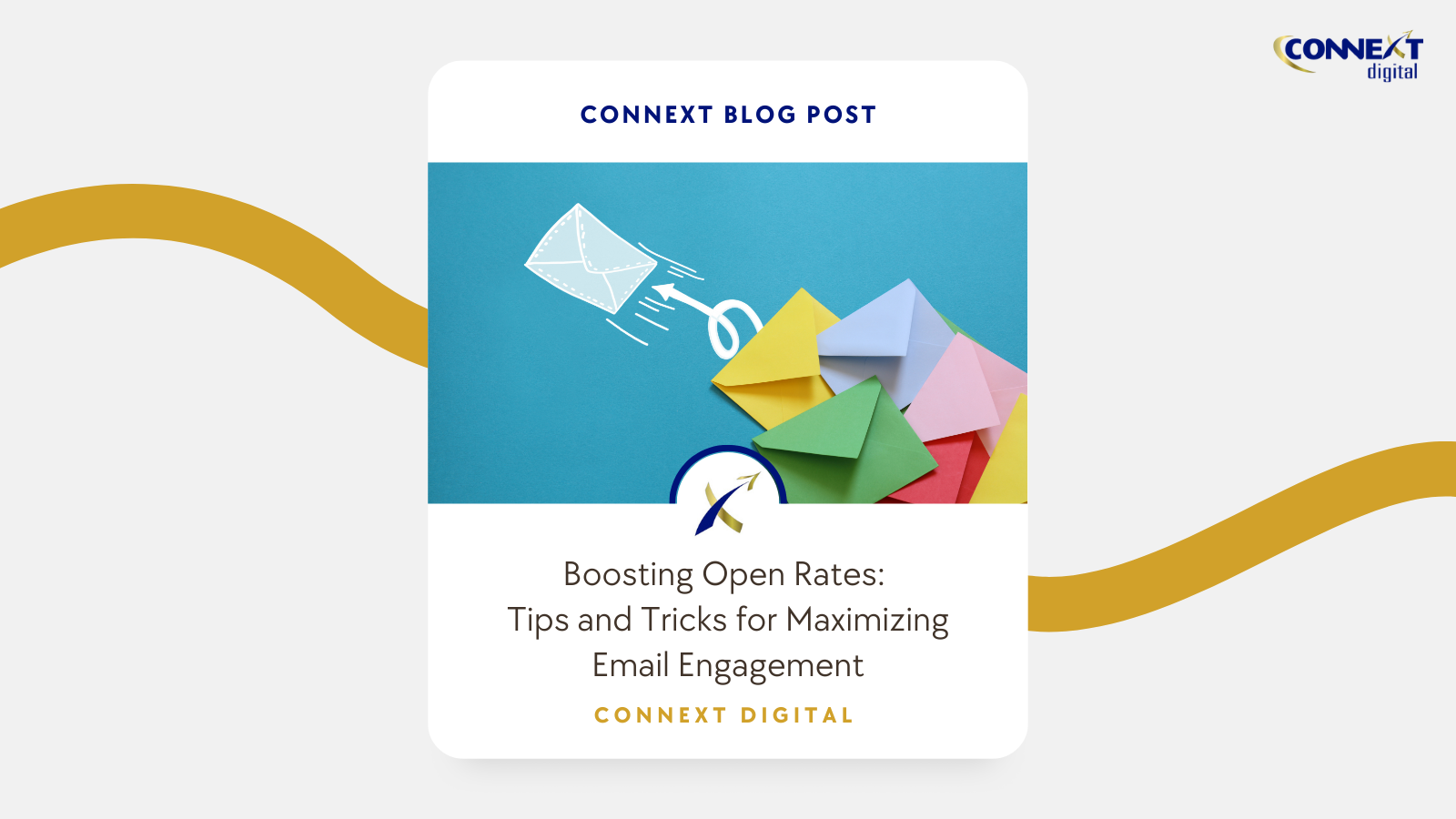
How Data Cleansing Can Boost Your Email Marketing ROI
Fundamental to the success of any email marketing campaign is a healthy subscriber database. This pertains to all the user data you’ve gathered through your analytics platform, as well as the contact information and email address.
But, no email address is permanent. People change jobs, move to different locations, delete email accounts due to spam, or even switch email providers.
As easy it is to create a new email address, it’s even easier to deactivate one. In fact, a survey reveals that approximately 30% of users change their email addresses annually. This contributes to the progressive decay of your email list. Another study shows that any organization’s email list deteriorates by about 20-22% every year.
Data cleansing will help prevent email list decay and ensure that your subscriber database holds the most updated and accurate information.
What is Data Cleansing?
Data hygiene refers to the overall concept of maintaining the cleanliness of your database, while data cleansing is the process of detection, modification, or removal of any outdated, incomplete, inaccurate, or irrelevant data from any database such as an email list. The primary goal of data cleansing is to minimize or eliminate errors associated with a “dirty” database.
How Data Cleansing Can Benefit Your Email Marketing ROI
1. Prevents Email Database Decay and Degradation
No matter how targeted your email campaign is or how carefully crafted your email content is, your email list will naturally degrade every year due to recipients’ job changes, location changes, or email account deactivation. This is very common especially with large email lists.
But, having a huge email list does not help you generate quality leads or improve your email marketing metrics. When you regularly perform data cleansing, you can update changes in subscriber information and remove email addresses that are no longer valid. You can also remove subscribers who have not been opening your emails or engaging with them.
2. 100% Email Deliverability
Invalid email addresses greatly reduce your email deliverability rate, thereby negatively influencing your email sender score. With regular data cleansing, you can remove inactive email addresses to make sure that all your emails are sent directly to the inbox of your recipients.
Even if you have great email content, if it’s not reaching the inbox, then all the efforts you put into crafting that email is wasted.
3. Protects Your Reputation with an Improved Email Sender Score
Some marketers and entrepreneurs think that all they need to do to be successful in their email marketing efforts is to create cute and witty emails and send them off to people in their list. But, when it comes to email deliverability, there are other factors at play such as your email sender score.
An email sender score is calculated based on the number of unsubscribes and email recipients who report your emails as spam. A Return Path survey revealed that 83% of undelivered emails are due to a poor email sender score, which means that your sender score is dependent on the reaction of your email recipients to your emails.
When you send out an email, mail servers will often check your sender score before deciding whether to send out your email straight to the inbox or mark it as spam. The lower your sender score, the more difficult it will be for your emails to reach your recipient’s inbox.
But, performing periodic data cleansing can help you increase that sender score and ascertain email deliverability. For instance, you can remove recipients from your list if they have not been engaging with your content for a certain period. This will help you avoid increasing your unsubscribe rate.
4. Formulate More Targeted Email Marketing Strategies
Personalization is a key email marketing strategy. But, even if you segment your list strategically, if their information is outdated, incorrect, or invalid, then it’s no use.
Data cleansing will allow you to append each subscriber’s information to help you get a clearer picture of his/her needs and wants. This may also include getting in touch with a firm to organise Email Filtering. As well as sending out emails, you will receive them. Reducing the amount of spam or junk emails you receive will help you home in on the more important ones with the relevant data.
This database is your ticket to providing a highly targeted campaign, so you better make sure to maintain optimum data hygiene.
5. No Waste of Time and Resources
Some marketers focus a huge chunk of their time and budget on growing their email list. They whoop with joy when it reaches 1,000 or 1 million subscribers. Little do they know that they’re wasting their time with a large email database when the information it contains is invalid.
Sending marketing emails to people who no longer use that email address or wish to read your emails is similar to burning money. Do yourself a favor. Cleanse and append your email list now.
In today’s fast-paced digital world, the only thing constant is change. People change their email address. Their preferences can easily switch from one to another, and it’s out of your control. So, make sure to stay relevant. How do you do this? Clean up your email database. Remove people who aren’t interested in your messages anymore, so you can focus on those who are.





